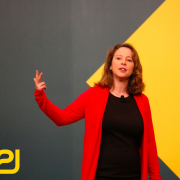This is post by Ritchie Wong a final year education student in Hong Kong about his experience at 21CLHK.
1. To learn is to learn what learning is, first
“Can anyone tell me how learning actually works?” Mr. Treadwell silenced the delegates at 21CLHK with this question – which, ideally, every educator should be able to answer. If I were an IB student, Theory of Knowledge (TOK) could have provided some clues. Then, he introduced a ’4+1 Learning System’ concept. The oldest learning techniques our ancestors (and we) have been using include: senses, sequencing, ideas/concepts and creativity—all, in Mr Treadwell’s words, are efficient and effective, given the solid proof of their long history. However, the most ‘popular’, and ‘unpopular’, system—rote learning, which was only created for the sake of industrial revolution in these 200 years—not only was described to be least efficient, but also against our core human nature of understanding the world.
This was a piece of shocking, and relieving, information. Shocking, because I hadn’t never expected how artificially harmful this technique is; relieving, because my resentment against this system has finally been justified. Though it might be a bit late for an educator-to-be to understand better the nature of learning, one thing is definitely not too late: if we want our students to learn the best, they must learn what learning is before actually learning what the best learning means.
2. The ‘Controversial’ Power of Video and Oral Literacy

Mr. Treadwell made a joke at the beginning of his speech: “Feel free to come and talk with me after my sharing. But don’t come to me with a knife or any weapon, because what I’m about to say to you is going to upset you.’ He might have indeed upset some audience, who reacted with a defensive response to his acclaim, but he definitely opened a new window of understanding intelligence and literacy for me. Video (listening, speaking and story-telling) should and would, one day, replace reading and writing (justified by Facebook’s prediction on the absolute status of video on its site). Any visionary idea sounds intimidating at first, no exception with this one.
While, as he remarked, the traditional written medium won’t go away over night, we as educators are obliged to catch up with the world, by doing two things. One – see through the medium, and dig deep into the knowledge, message and wisdom underneath. Language, in the end, is only a medium to deliver something more useful, meaningful and valuable—something Mr. Treadwell thought more emphasis should be placed on. Second – just include ‘video’ as part of education. Encourage students to use ‘YouTube’ as the new major source of research. Replace Google Form with Flipgrid as the exit-ticket formative assessment. Such small steps might bring Mr. Treadwell’s vision closer to a reality.
3. Common Language for Scalability

The biggest barrier to our educational innovation, as Mr. Treadwell put it, is the lack of common language. He questioned, ‘If we already have different definitions on what ‘idea’ or ‘concept’ mean, the same would happen to reach a common understanding on learning, knowledge or the word ‘understanding’.’ This is so true that project-based learning, problem-based learning or challenge-based learning kind of share similar substance, but the language.
This has given me a sudden inspiration. What if…what if education learns from what Java, C+ or Ruby Rails have done for programming, and creates its own shared glossary of terms. The benefit? A lot. Parents are going to “get it” quicker; teachers are going to innovate easier; most importantly, the educational innovation is going to scale better!
















